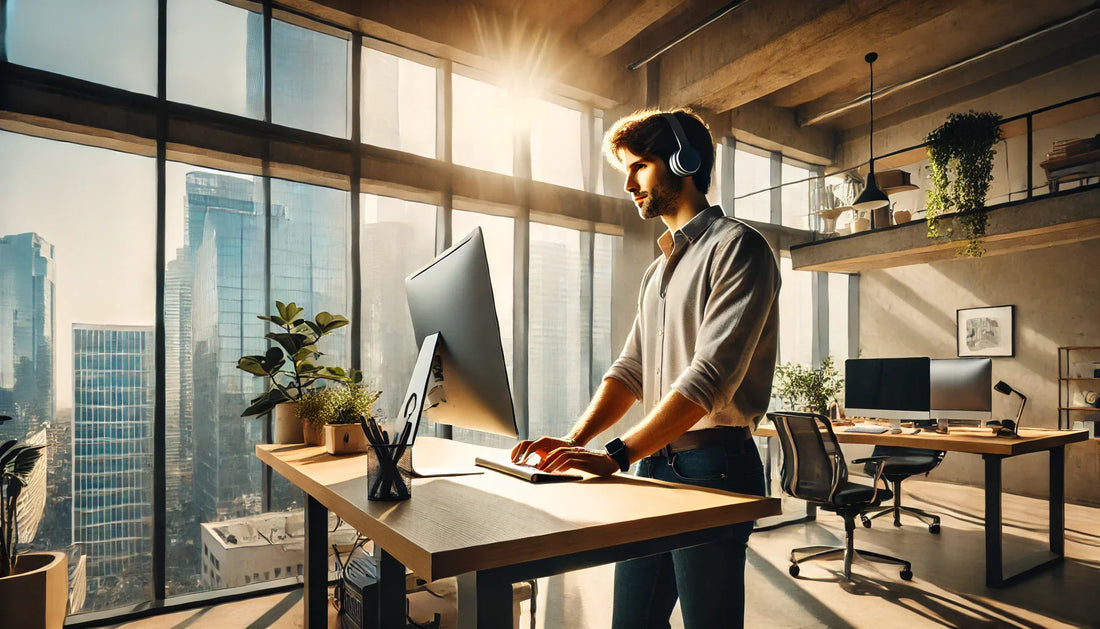
The Rise of Standing Desk Culture: More Than Just a Trend
Share
It started as a Silicon Valley buzzword, but standing desks have officially entered the mainstream — and they’re reshaping how we think about productivity, posture, and workplace well-being.
Let’s dig into why this shift is happening and what it means for your modern office setup.
Why Everyone’s Standing (Literally)
People are tired — of sitting. The average U.S. office worker spends more than 9 hours a day seated, which has been linked to everything from back pain to brain fog.
Standing desks offer:
More movement, which supports circulation and energy levels
Improved posture, especially when paired with ergonomic accessories
Flexibility to switch between sitting and standing (hello, electric risers)
It’s Not Just About Health — It’s Culture
The standing desk isn’t just a wellness tool — it’s a vibe. In today’s hybrid work environments, your desk reflects how you work best.
Choosing a standing desk says:
You care about your body
You’re intentional with your workspace
You want tools that adapt to you — not the other way around
It’s a micro-move toward a macro-shift: prioritizing well-being without compromising on tech or aesthetic.
Making It Work for You
Thinking of standing up for your workflow? Here’s what helps:
An adjustable desk (manual or electric, depending on budget)
An anti-fatigue mat to support your feet during long standing sessions
A laptop riser or monitor arm to keep your screen at eye level
A rhythm — alternate between sitting and standing every 30 to 60 minutes
Start small. Even an hour a day makes a difference.
Take the Stand, Your Way
Standing desk culture is here to stay — because it works. It’s one of the simplest changes you can make to upgrade your energy, focus, and overall workday comfort.
Looking to revamp your setup? DeskLoop’s ergonomic risers and curated accessories are designed to support your every move — standing or sitting.
